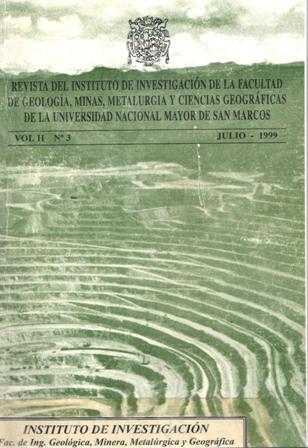Environmental compatibility of the fishmeal industry in Paracas-Pisco
DOI:
https://doi.org/10.15381/iigeo.v2i3.2115Keywords:
natural environment, anthropic environment, fish flour, paracas district, Pisco provinceAbstract
Concerns about environmental problems have increased considerably in recent times. Interest has been given at all levels of government, non-governmental organizations, scientific and technical groups, etc. due to the interrelation between the natural environment and the anthropic environment that are feasible to create risky contingencies. These are approached from three variables: the agent (nature and / or man), the time (before, during and after the event) and lastly, the effects it produces. From an environmental perspective, the industrialization of fishmeal has a significant impact on the ecosystem in which it operates, also affecting the well-being and health of people. This industry is an activity that generates foreign exchange, is a source of employment and contributes to the development of Peru, taking advantage of a resource that is relatively abundant in the Peruvian marine ecosystem. The present study is framed in the Paracas district, (13 ° 46 '52 "S, 76 ° 14' 19" W), Pisco province, Ica department, Peru, located 249 km south of Lima.Downloads
Published
Issue
Section
License
Copyright (c) 1999 CARLOS CABRERA CARRANZA

This work is licensed under a Creative Commons Attribution-NonCommercial-ShareAlike 4.0 International License.
AUTHORS RETAIN THEIR RIGHTS:
a. Authors retain their trade mark rights and patent, and also on any process or procedure described in the article.
b. Authors retain their right to share, copy, distribute, perform and publicly communicate their article (eg, to place their article in an institutional repository or publish it in a book), with an acknowledgment of its initial publication in the Rev. Inst. investig. Fac. minas metal cienc. geogr.
c. Authors retain theirs right to make a subsequent publication of their work, to use the article or any part thereof (eg a compilation of his papers, lecture notes, thesis, or a book), always indicating the source of publication (the originator of the work, journal, volume, number and date).






